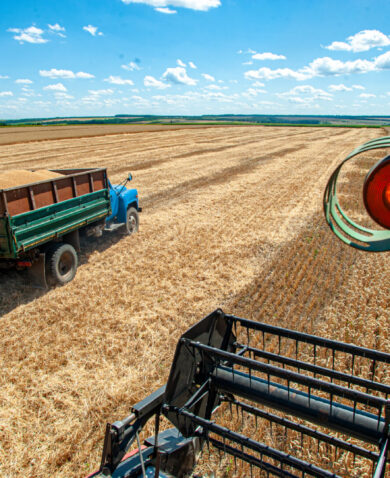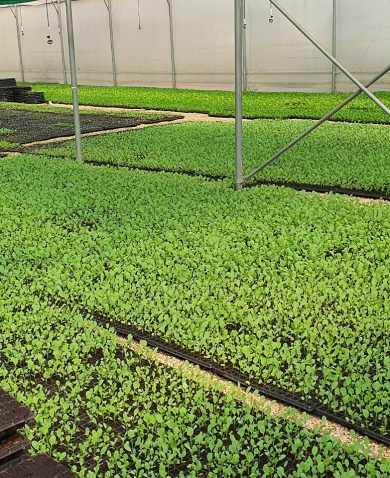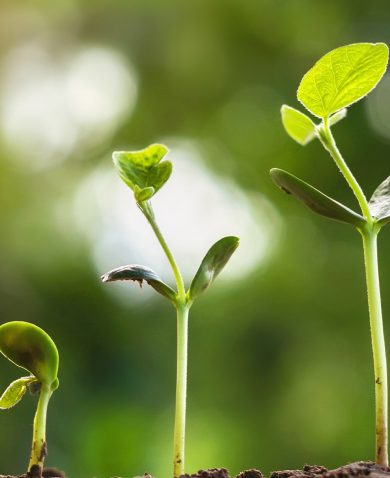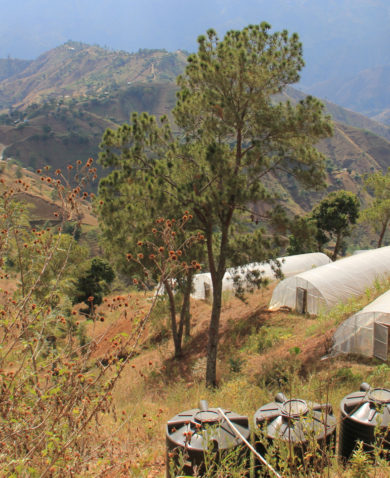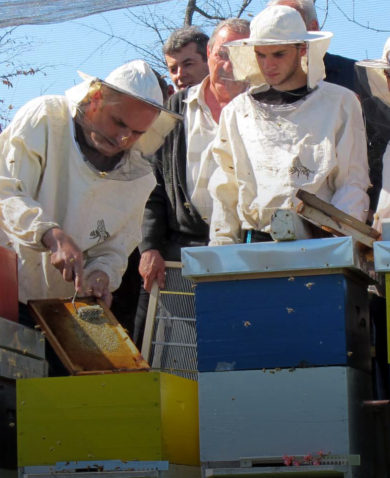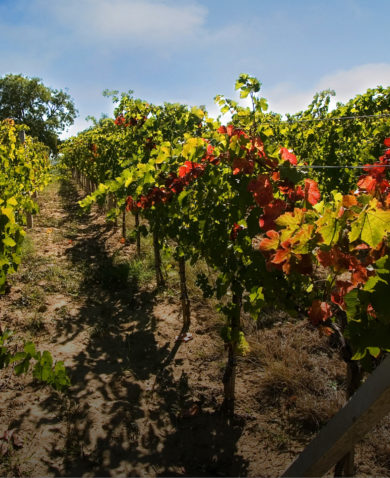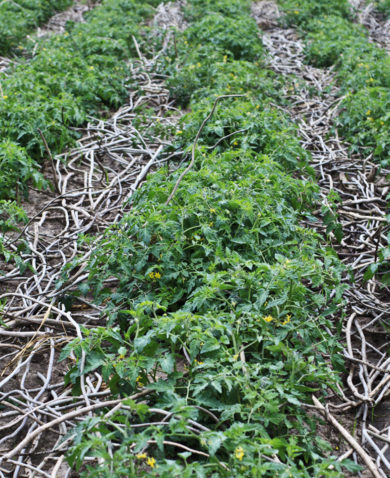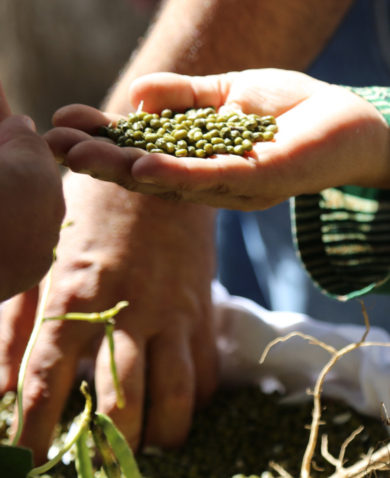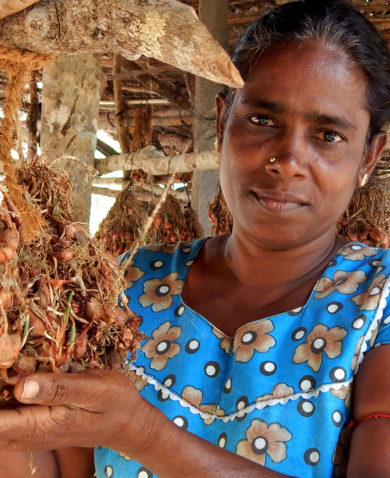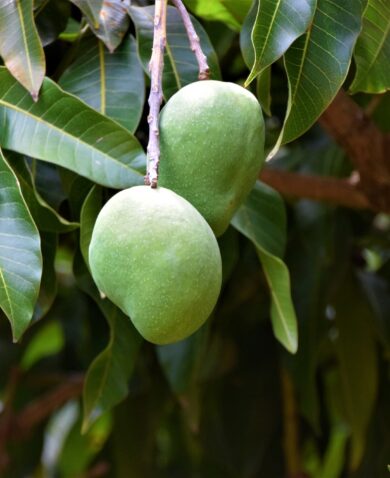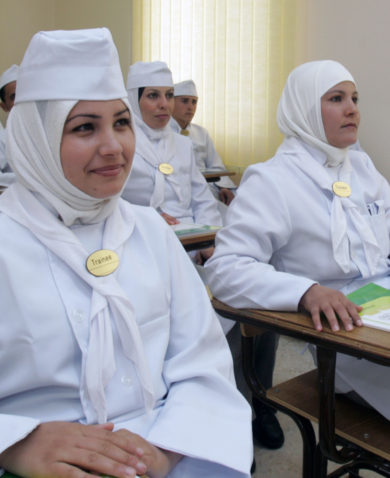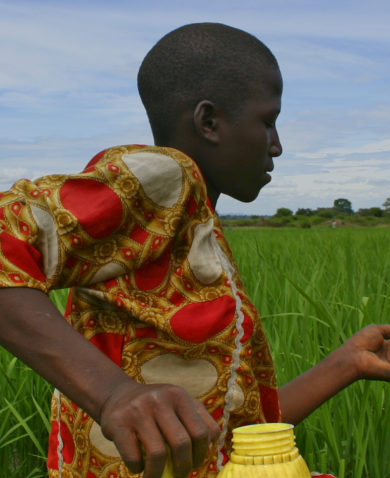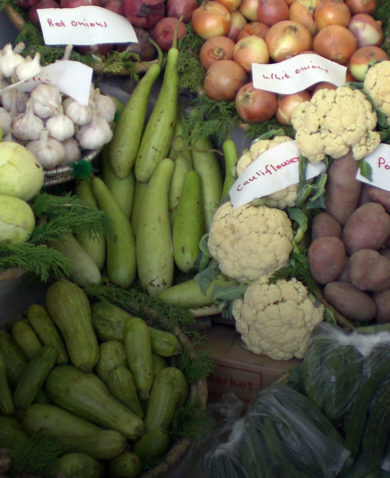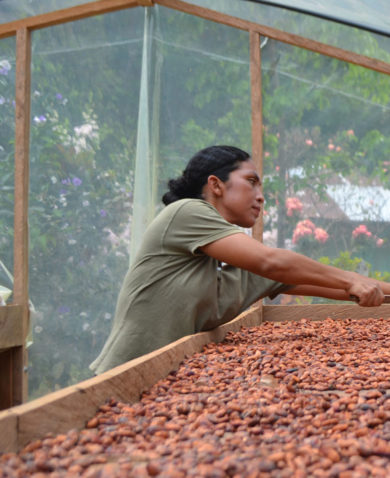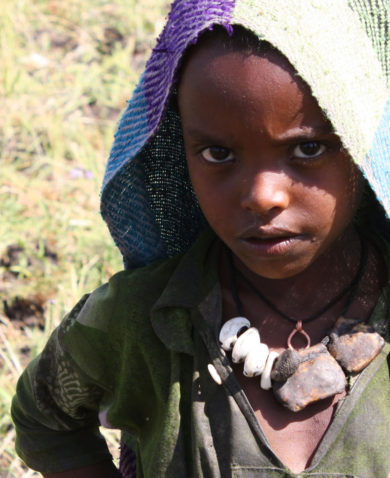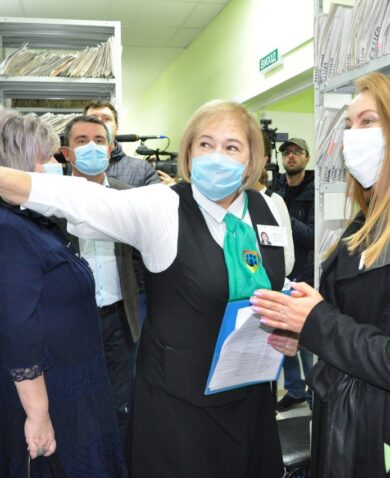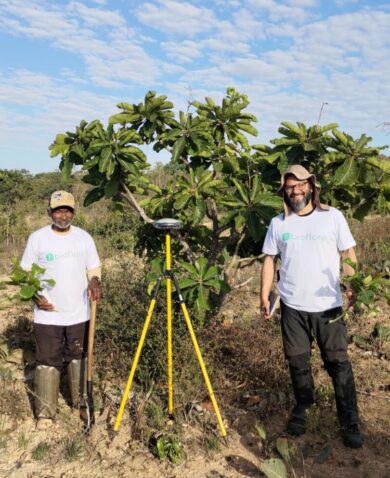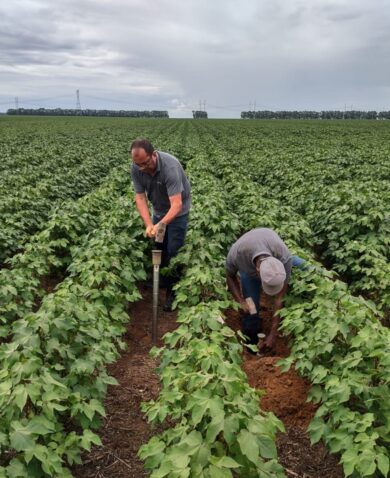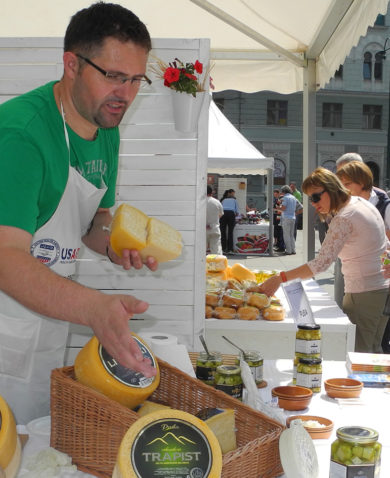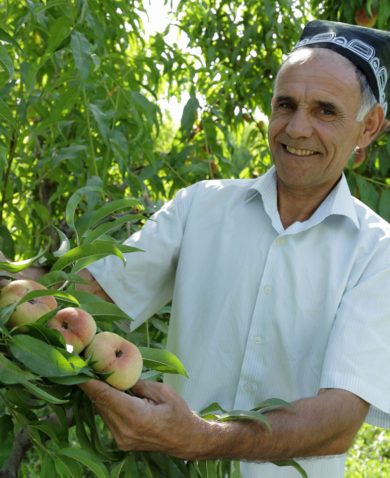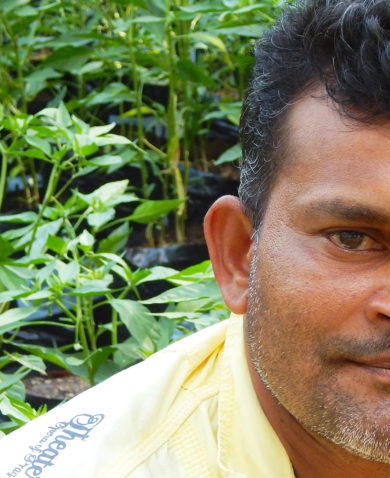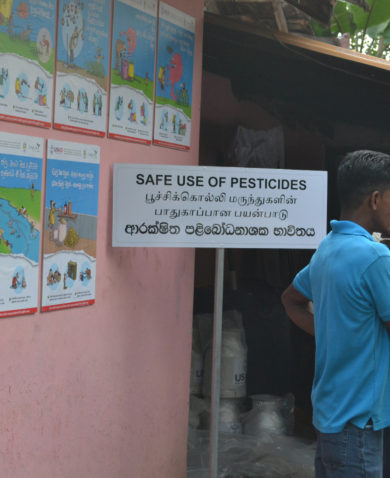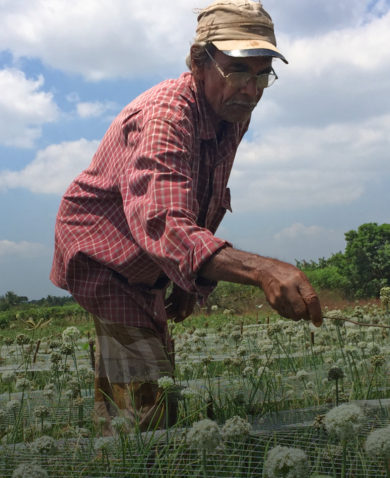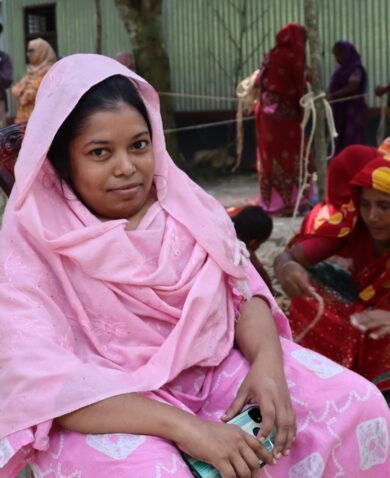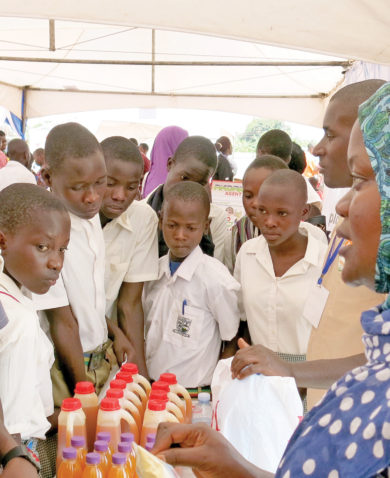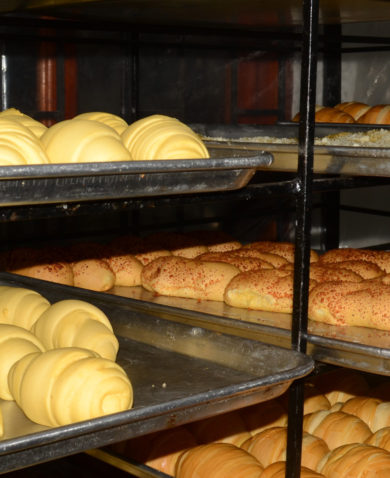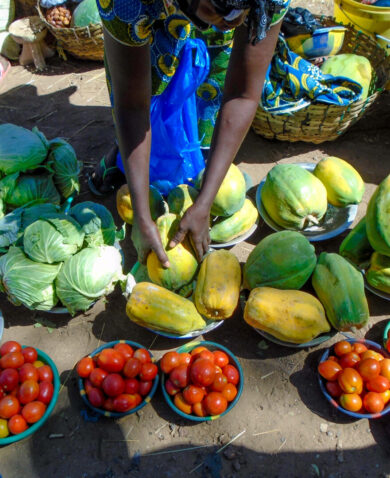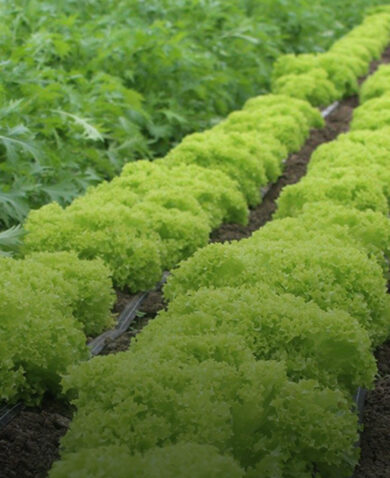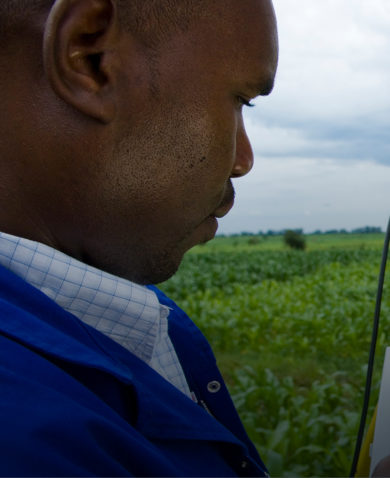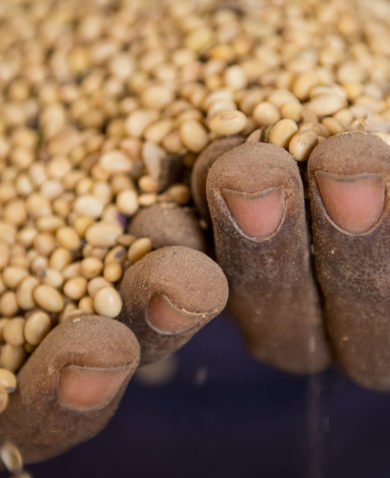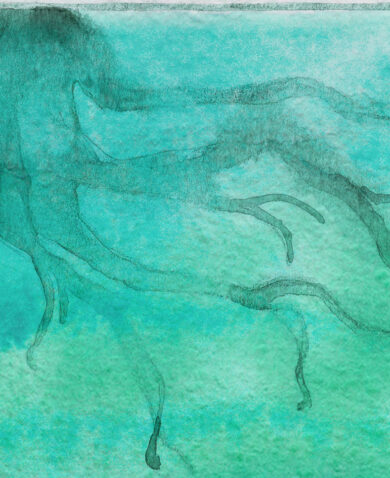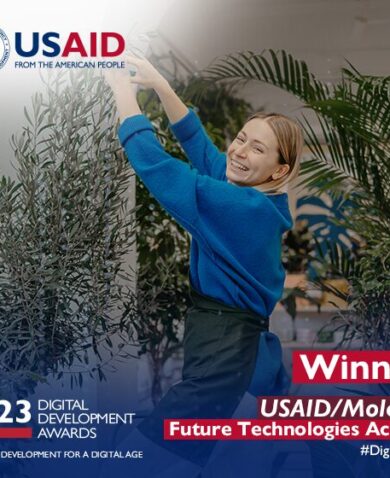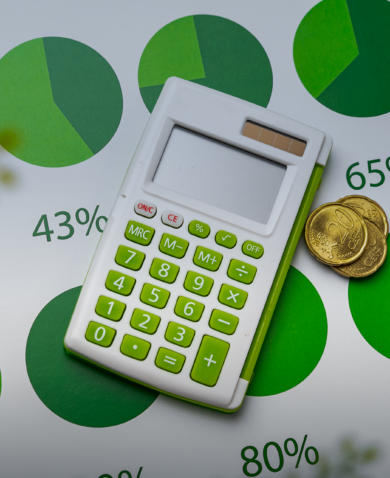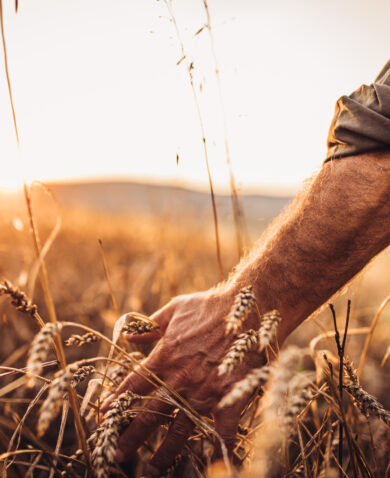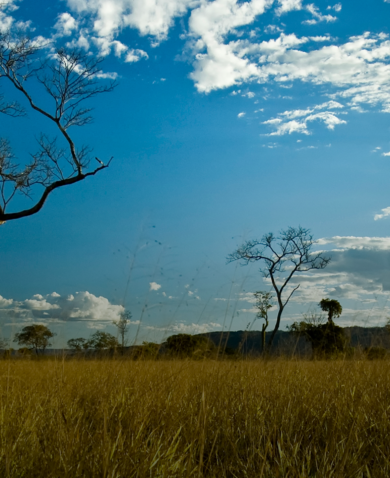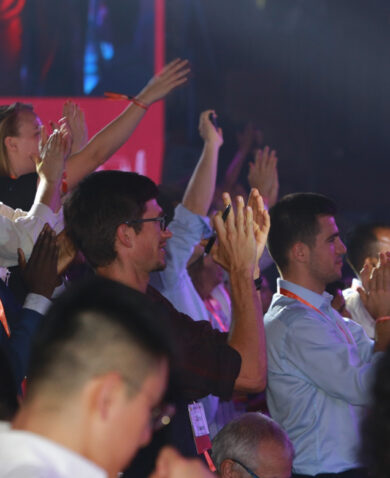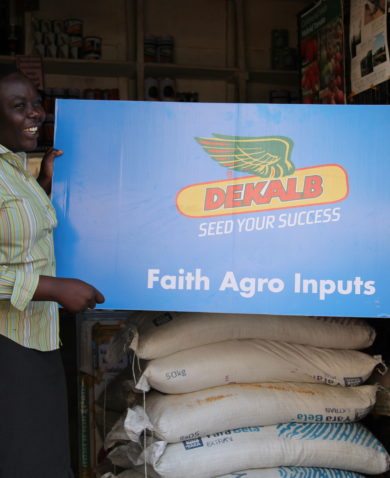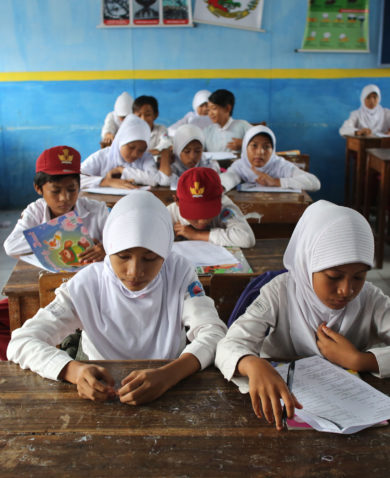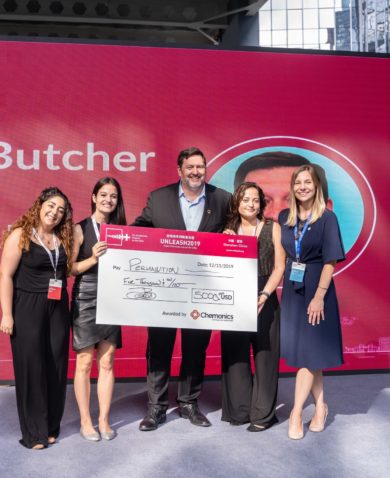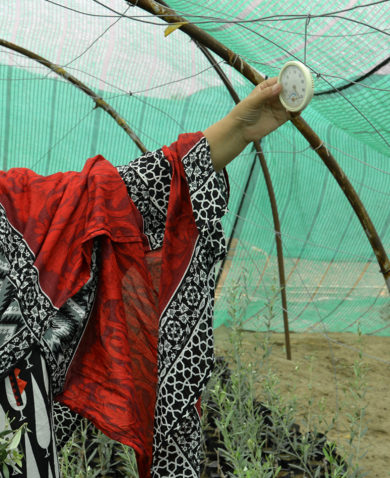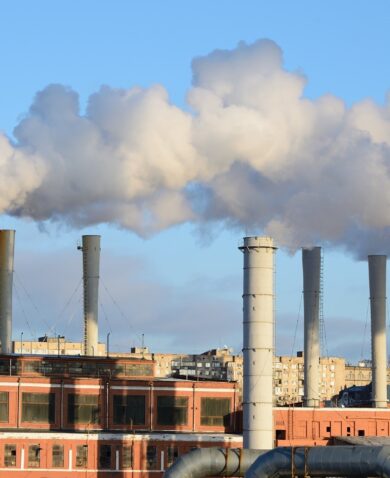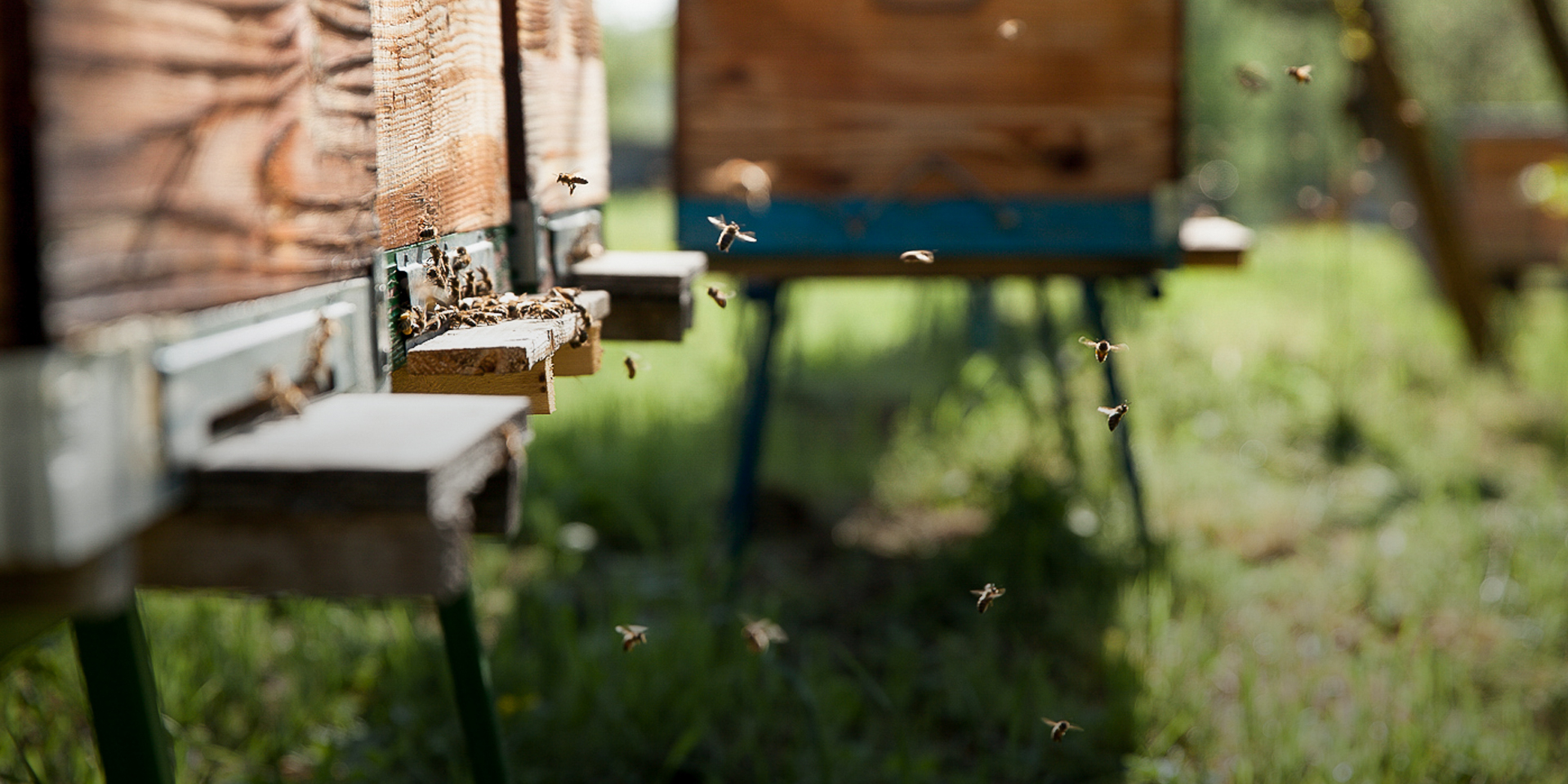
3 Questions with Cynthia Steen on Transforming Moldova’s Agriculture Sector
May 21, 2019 | 5 Minute ReadIn Moldova, agricultural producers are diversifying their markets, while brokering new relationships and harnessing innovative technologies. Cynthia Steen discusses challenges and successes in this venture.
Cynthia Steen serves as chief of party of the USAID Moldova High Value Agriculture Activity (HVAA) and has previously led agribusiness and enterprise development projects in multiple countries, including Egypt, Albania, Jamaica, Lebanon, Ethiopia, and Indonesia. HVAA is successfully demonstrating production, post-harvest, and marketing techniques to make Moldova a more competitive exporter, creating sustainable opportunities for rural Moldovans.
1. What are some of the primary challenges that Moldovan growers face in reaching new target markets? What are some of the solutions?
One major challenge for Moldovan growers is reliance on Russian markets. Moldova was a breadbasket for the Soviet Union, and Russia continues to be Moldova’s primary market due to long-standing economic relationships. This dependence is risky because Russia has imposed embargoes on Moldovan exports, crippling producers. Further, Russia and other regional competitors are increasing their own production of these crops, which will decrease demand for Moldovan crops. To diversify their markets, Moldovan producers need to improve product quality to mitigate risks. HVAA’s grant program introduces new varieties and technologies to Moldovan producers and supports exporters as they break into nontraditional markets.
With HVAA’s support, Moldovan producers are gradually replacing old orchards (old varieties and/or aged trees past their productive peak) with new, market-preferred apple varieties and intensive orchard production technologies, which increase volume and reduce costs. Some producers are switching to other crops, such as sweet cherries, plums, apricots, and other stone fruits, that are in demand in the European Union, North Africa, and Middle East. HVAA has also supported state-of-the-art storage facilities and post-harvest handling capacity, extending the longevity of fresh produce.
A main goal of the project is to help producers succeed in exporting to new, nontraditional markets. We realized that trial shipments would be risky to the nascent exporters and introduced strategic export market planning (SEMP) exercises to mitigate risks. First, we brought together leading producers and association leaders for strengths, weaknesses, opportunities, and threats (SWOT) analysis. Next, we identified unique selling features to determine potential niche markets. Narrowing the universe of potential export markets helped us identify buyers and allocate resources.
The project also supports nascent exporters with grants, mostly funneled through sector associations. The grants subsidize trade show facilitation, provide mentoring to prepare for trade show participation and buyer meetings, identify buyers, subsidize trial shipments to new markets, provide technical assistance on shipping, and support inward buyer missions. Our efforts help mitigate risk for entry into new markets and demonstrate successful trial shipments so that other producers can see what is possible!
2. What are some of the new technologies or methods that HVAA is promoting to enhance the competitiveness of Moldovan products?
The project developed unique production support strategies for each value chain. Each strategy is designed to increase volume and quality, reduce costs, and encourage producers to work together. As an example, we’re piloting new production systems through demonstration plots in key grape producing regions. We are demonstrating the use of pergola and gable trellis systems for Moldovan table grape growers who previously used vertical espalier systems. In addition to these innovative production techniques, HVAA is facilitating improvements to quality planting material by brokering partnerships that will result in the availability of locally produced, certified, virus-free vines beginning in 2020. This will transform the sector.
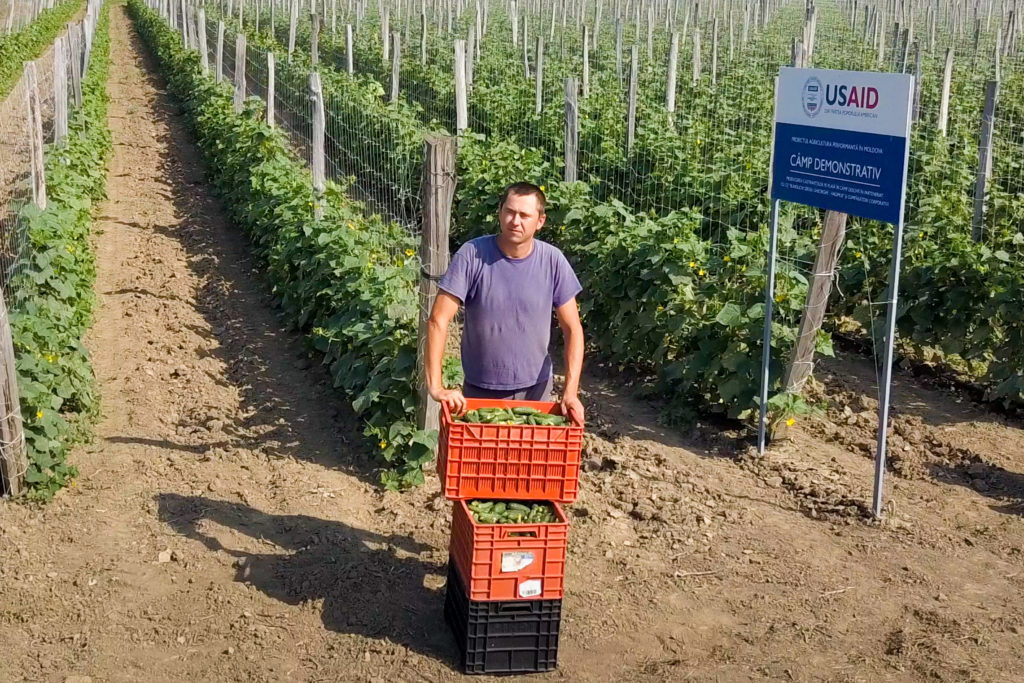
HVAA also supports Moldovan producers to obtain certifications for Global Good Agricultural Practices (GLOBALG.A.P.) and Global Risk Assessment on Social Practices (GRASP). These certifications help producers be more competitive in external markets and open doors to buyers in Europe, the Middle East, and beyond. GLOBALG.A.P. certification is a prerequisite for Moldovan growers planning to enter new markets while also helping exporters maintain their position in traditional markets. Achieving certifications requires a strong commitment on behalf of the producers to use pesticides responsibly, implement environmentally friendly agricultural practices, and maintain suitable environments for workers’ health and safety. To date, HVAA has trained 64 producers on GLOBALG.A.P. and GRASP; 13 have obtained one or both certifications.
Considering that the agricultural labor force contributes about 12 to 13 percent of Moldova’s annual gross domestic product, intensive training is critical for the country’s workforce. So, HVAA works with agricultural educational institutions and vocational educational institutions to strengthen curricula and provide modern training sites and equipment. For example, the launch of a beekeeping laboratory and demonstration apiary at the Bubuieci Vocational School offers students the opportunity to gain skills using new technologies.
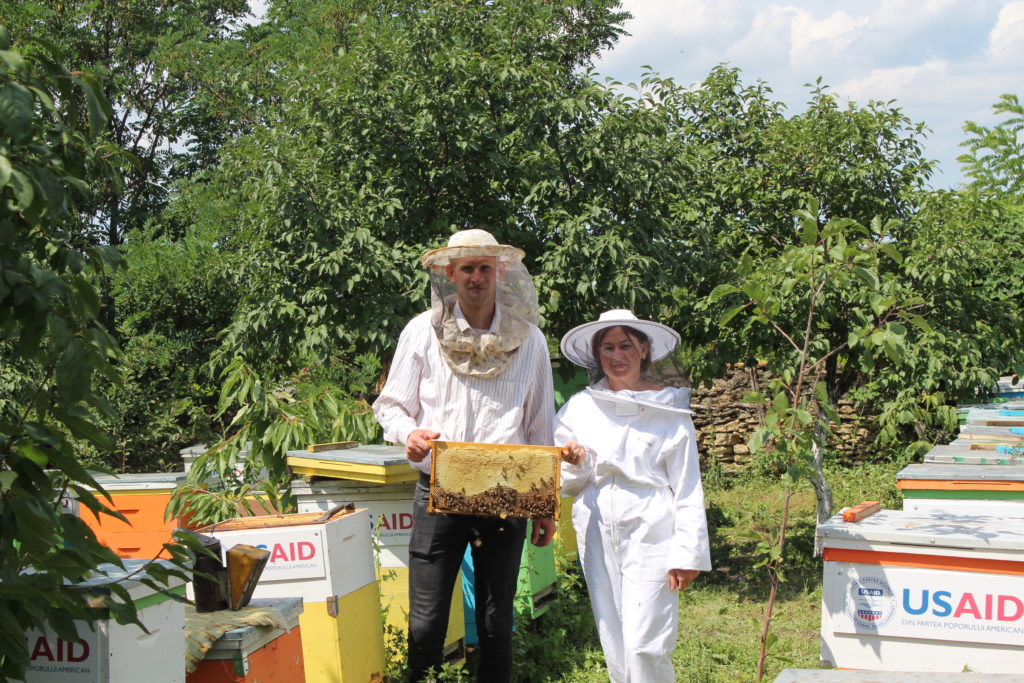
3. In the second year of the project, HVAA switched from a “market-led” to a “buyer-driven” approach. Why was this switch necessary, and what have you learned in the process?
Market-led development requires a threshold knowledge of market needs and the appropriate volume of supply to meet demand in a given market, whereas a buyer-driven approach identifies knowledgeable operators within a market to link qualified and capable suppliers with high caliber buyers. Implementing a market-led approach in Moldova is challenging because the supply side is generally unorganized, limiting the access to information required to initiate marketing activities. Local associations are nascent. Therefore, HVAA prioritized quantifying the actual volume of quality, certified products available for export. This entailed working with associations to build their capacity to collect information and convince potential exporters to commit to specified volumes for trial shipments. Given the challenges in Moldova and the overall goal of HVAA to expand Moldovan agriculture beyond traditional markets, a buyer-led approach was more suitable. It first requires making strategic decisions about which countries to target, then identifying the best buyers in those markets.
SEMP was introduced early in the project’s second year to identify the best buyers. HVAA sought reliable buyers that had experience sourcing from smaller countries and buyers with an interest in the production volumes that Moldovan producers are supplying. Further, we encourage inward buyer missions where the importing company pays the salary of the buyer and covers some of the associated costs. If a company is willing to invest their buyer’s time and pay some expenses, it shows they are serious about meeting our exporters. We offer full logistical support in-country: We arrange site visits and provide transportation and translation, if needed. In this way, we mitigate the risk for importers. While it’s still early to see concrete results, the SEMP exercises are brokering what we believe will be long-term relationships.
Posts on the blog represent the views of the authors and do not necessarily represent the views of Chemonics.

